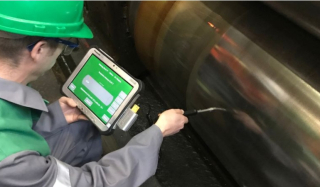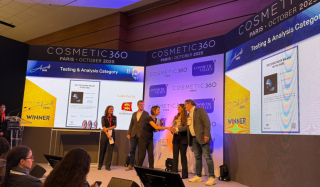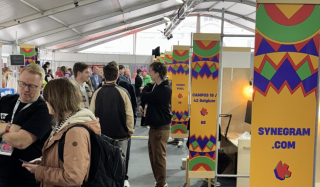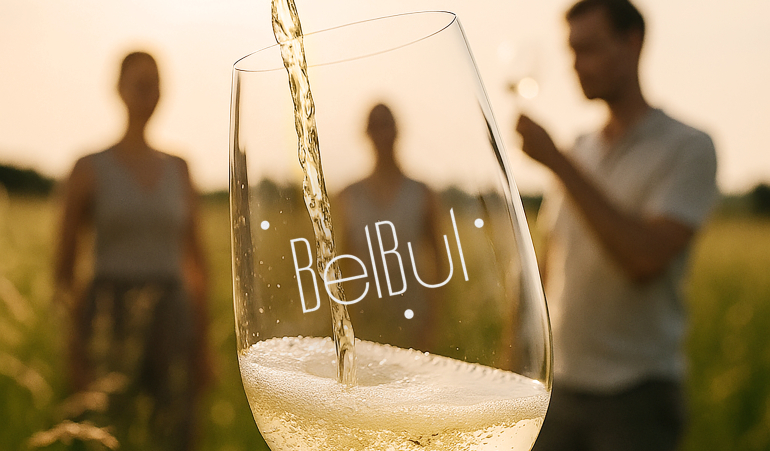
BelBul is the first official quality label for sparkling wines produced from Belgian terroir. This joint initiative by the Association of Belgian Winemakers – Wallonia and the non-profit organization Belgische Wijnbouwers – Vlaanderen marks a significant milestone in the professionalization of the sector and confirms Belgium's position as an emerging producer of premium sparkling wines.
Belgian sparkling wines now have a label: BelBul. The BelBul label guarantees a 100% Belgian sparkling wine made using the traditional method. It embodies quality and strengthens the recognition and positioning of Belgian sparkling wines on both the national and international markets.
“We launched this label because we realized something: both in Flanders and in Wallonia, Belgians didn’t know what to call our sparkling wines. You would hear things like ‘Belgian Cava’ or ‘Belgian Champagne,’ which are quite absurd. These terms are incorrect. We do have appellations, but they’re rarely used because they’re very restrictive. For export purposes, we realized it was important for Belgians to name their bubbles the same way, whether in the North or South of the country, and abroad as well,” explains Vanessa Vaxelaire, president of the Association of Belgian Winemakers – Wallonia.
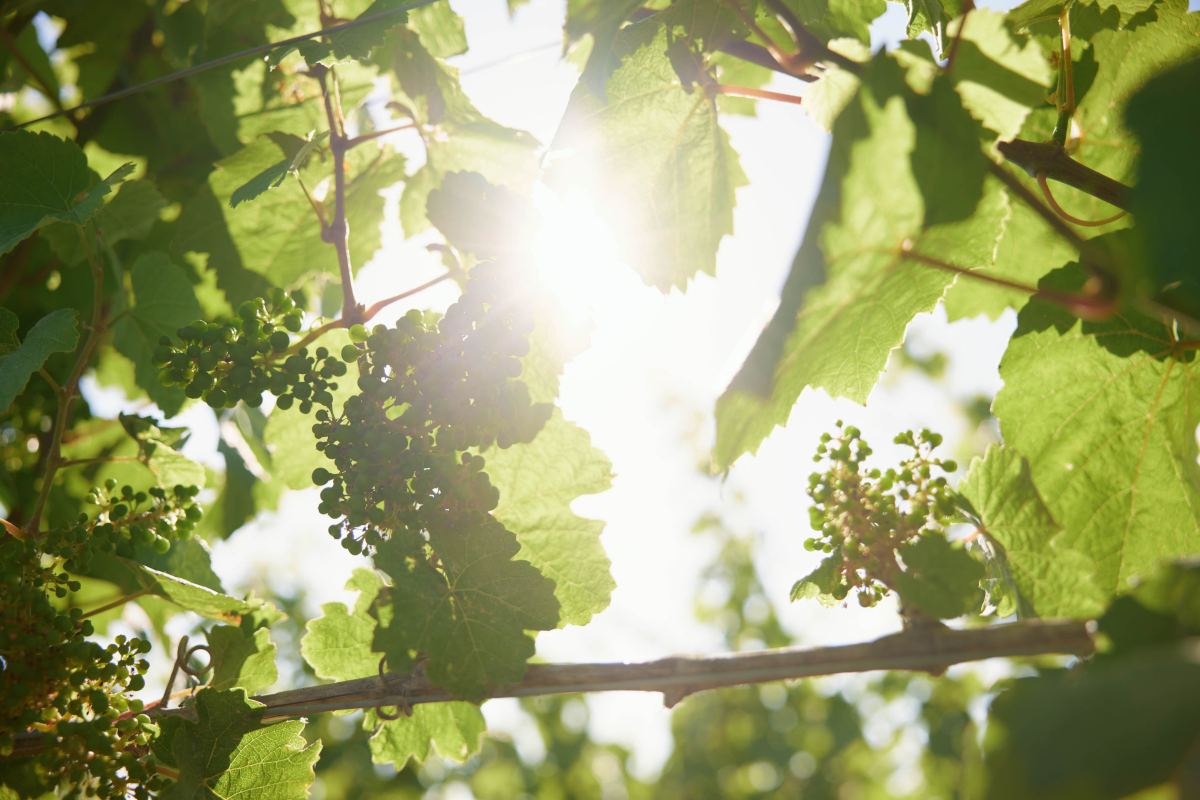
To obtain the BelBul label, Belgian winemakers must meet several criteria: the wine must be produced on Belgian territory using grapes grown in Belgium, it must be made using the traditional method, and the winemaker must be affiliated with one of the two professional federations.
The label applies exclusively to sparkling wines made in Belgium. “One step at a time. Sparkling wine is increasingly produced in Wallonia. We remain a northern region, so sparkling wine is a commercially and viticulturally interesting product for us. It’s possible to make bubbles every year, regardless of the weather – which isn’t the case for still wines,” says Vanessa Vaxelaire.
The Rise of the Belgian Wine Sector
In recent years, the Belgian wine sector has experienced impressive growth in both volume and quality. Today, more than 100 estates produce sparkling wines, most of them using the traditional method with a second fermentation in the bottle.
“This emergence of Belgian vineyards is largely due to the success of wineries like Ruffus. The media has also played a huge role by providing extensive coverage, which helped unlock an entire wine tourism market. For those who own land and want to start an agricultural project, it’s a great opportunity. It’s also a great diversification option for farmers with small hillsides. Vines don’t grow in beet fields. All these factors explain the enthusiasm around Belgian wine,” emphasizes Vanessa Vaxelaire.
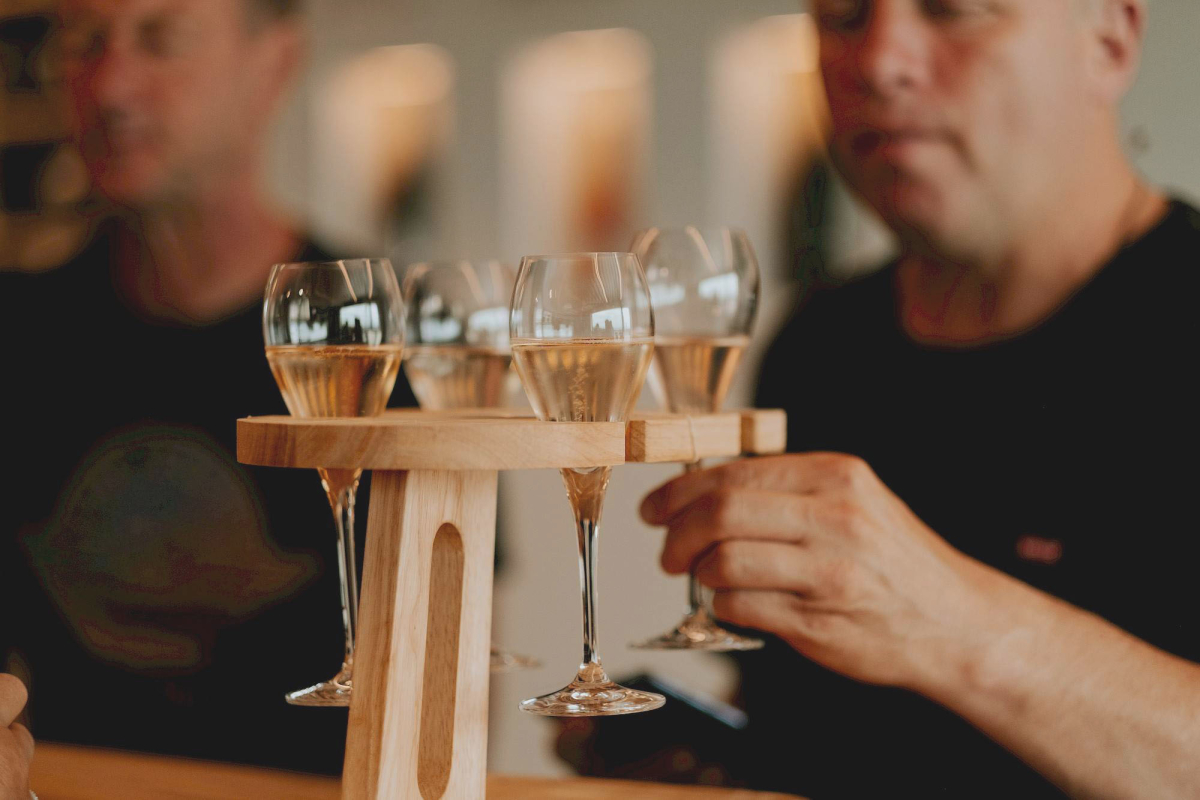
Today, Chardonnay remains the most planted grape variety in Belgium, followed by Pinot Noir and Johanniter. Disease-resistant varieties like Johanniter, Solaris, and Souvignier Gris are gaining ground thanks to their climate resilience and reduced need for phytosanitary treatments. “There are two schools of winemakers in Belgium. Some don’t want to differentiate from French wine at all and make wine like in France. Then there are those who choose resistant grape varieties, saying that the Belgium of tomorrow will be a wine country, and that there’s value in developing its own identity,” adds Vanessa Vaxelaire, whose Domaine du Château de Bioul belongs to the second group. However, she believes that “all Belgian wines have a beautiful natural freshness. That’s a common trait.”
Belgian wines are increasingly being sold abroad. “Today, the market is still 99% local, but I see that this is beginning to change. Some of us are represented in the Belgian pavilion at the World Expo in Osaka, Japan. And efforts are underway to enable us to export our wines. The BelBul label was created with this very goal in mind,” concludes Vanessa Vaxelaire.
Isabelle Anneet (AWEX)
